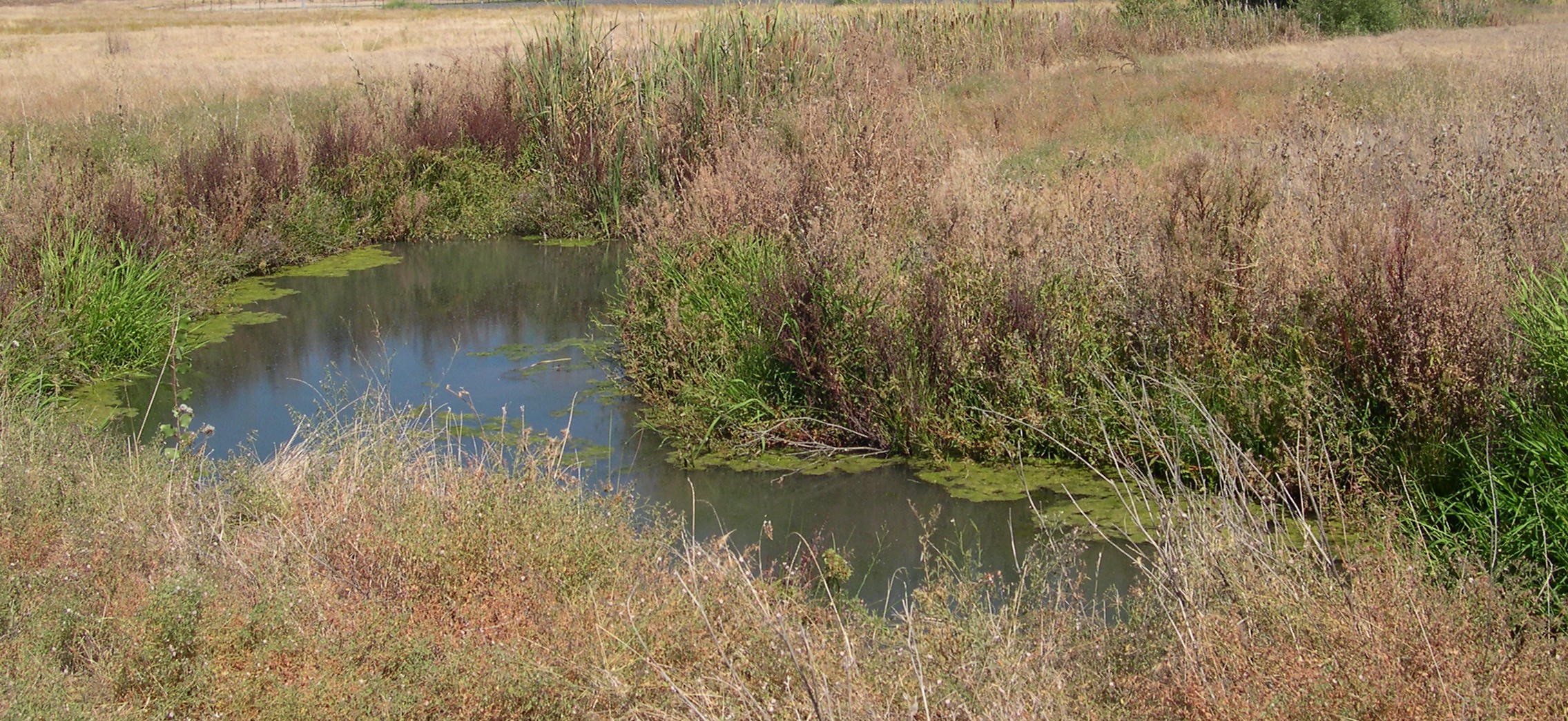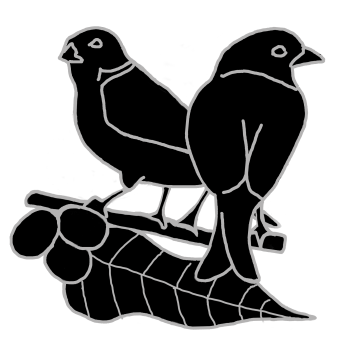Mitigation Planning may be proposed or required after initial studies have been completed showing that a proposed project will have a significant adverse impact on the environment. Mitigation of biological resources is an attempt to rectify some or all negative project impacts via project modifications and on-site actions (restoration work), or off-site restoration or protection of land having substantially similar biological resources.
Land Management Planning. This could be Preserve Design and Management or Trail and Open Space Design. This planning requires knowledge of the area’s natural history, presence or absence of any rare or threatened/endangered flora and fauna, and management goals which may be impacted by local residents, co-managers, local agency and community partners, as well as by compliance with federal, state and local environmental regulations. Creating a Land Management Plan is not the same as an Initial Study, or Environmental Assessment, but the data gathered to produce a Land Management Plan may be used in these reports. There are numerous benefits to having a written Land Management Plan:
- The process helps determine short and long-term conservation priorities, frame decisions, and focus efforts.
- The planning process helps to de-personalize decisions and seeks input and “buy-in” from stakeholders such as local residents, co-managers, local agency and community partners.
- A Land Management Plan helps site managers identify the most cost-effective and sustainable conservation methods that meet management goals and environmental regulations.
- Biological survey work needed to establish a working knowledge of the area’s flora and fauna can establish a baseline from which management actions may be evaluated in the future.
We generally follow the Nature Conservancy’s Conservation By Design process[i].
1. Identify Challenges & Goals
2. Map Strategies & Places
3. Finalize Outcomes & Develop Measures
4. Take Action
5. Evaluate and Adapt
The Land Management Plan will include content from Sections 1, 2 and 3 and is predicated on sufficient knowledge of the natural history of the area, perhaps via our Biological Consulting services. If requested, we will detail cost estimates and supervise any restoration or interpretive projects, and then, later on, assist with Section 4 Evaluation and suggest new management goals and activities based on that evaluation, Section 5 Adapt.

Experience & Publications
ACADEMIC PUBLICATIONS
Berkunsky, I., P. Quillfeldt, D. J. Brightsmith, [et al, including McReynolds M. S.]. 2017. Current threats faced by Neotropical parrot populations. Biological Conservation 214:278-287.
McReynolds, M. S. 2016. Reply To: Endangered and Threatened Wildlife and Plants; Listing the Scarlet Macaw; Proposed Rule 50 Cfr Part 17 [Docket No. Fws–R9–Es–2012–0039; 4500030115]. pp. 1-11.
McReynolds, M., J. Elizondo, K. McReynolds, and A. Chong. 2016. Scarlet Macaws (Ara macao) on Isla Coiba: a Conservation Assessment. Pages 1-31. Biola University.
McReynolds MS, J. Elizondo, K. McReynolds, A. Chong. 2016. Scarlet Macaws (Ara macao) on Isla Coiba: A Conservation Assessment. Page 157. Sociedad Mesoamericana para la Biología y la Conservación: XII Simposio Mesoamericano de Conservación de Psittaciformes, Belize City, Belize.
EXPERIENCE
Co-Director, Jaguar Creek 2000 – 2004. Lowland rainforest near Belmopan, Belize. Responsible, with wife, for all areas of staffing (8-10), operations, and finances for the 40 acre solar-run facility and its $100K annual budget.
- Eden Conservancy, Belize – local administrator for a plan to increase the size of St. Herman’s Blue Hole National Park by 4,100 acres. Hired surveyors and led negotiations between the seller, my organization (Jaguar Creek), and the Belize Audubon Society who co-managed the park.
- Founding Co-Chair of the Belize Association of Private Protected Areas – members of this organization were conservation-oriented private landowners. The chief goals were to create and lobby for Private Protected Areas Legislation, and to keep lands conserved and connected with the Mesoamerican Biological Corridors Project.
- Volunteer, Mesoamerican Biological Corridors Project – assisted Belizean staff to connect with several Mennonite groups to conserve land and create biological corridors.
William Jessup University Preserve 2007 – 2009 Rocklin, CA.
- Lead, Interpretive Project
Supervised the interpretive planning process and construction for William Jessup University that created a $50,000 public use interpretive trail with educational areas and full color professional signage on the grounds of a small preserve with a reservoir pond and vernal pool complex.
- Lead, Biological Assessment and Preserve Management
Wrote the William Jessup University Preserve Proposal. Researched historical land use and chain of title, created bird and plant lists, delineated wetlands and identified pond and wildlife habitat management issues.
Lead, Biological Assessment and Management of Hidden Lakes Retreat
- Yuba Gap, CA – Summers of 1997, 98 and 99. Led a three-person biological assessment team to document the natural history of this 6,400 ft. western Sierra Nevada site and suggest appropriate management actions.
McReynolds M, McReynolds K, Edminster R. 2009. Conservation Management Recommendations for Hidden Lakes Retreat, Cisco Quad, Placer County. Pages 1-30. Target Earth International, Hayward, CA.
McReynolds M, McReynolds K, Gallaher B. 2009. History and Land Use of Hidden Lakes Retreat, Cisco Quad, Placer County. Pages 1-62. Target Earth International, Hayward, CA.
[i] https://www.conservationgateway.org/ConservationPlanning/cbd/Documents/CbD2.0_Guidance%20Doc_Version%201.pdf

